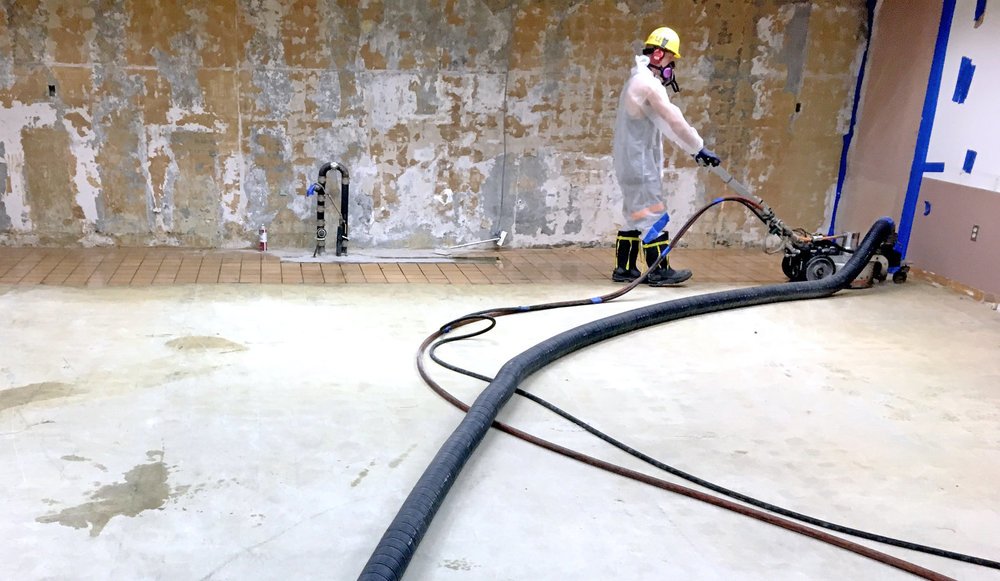
Asbestos, a toxic mineral once widely used in a variety of building products, presents a potential health hazard in many residential, commercial, and public buildings. Asbestos floor tiles are commonly found in kitchens, bathrooms, classrooms, and offices, especially if the building was constructed prior to 1980.
What Are Asbestos Floor Tiles?
You can find asbestos in a variety of floor tiles, but it’s most commonly found in 9” by 9” tiles. Why is the size of the tile important? Asbestos was commonly used in building materials because of its strength and durability, and it was used in many 9” by 9” tiles before it was restricted. About 90% of 9” tiles will test positive for asbestos.
Now, 12” tiles are much more common, but they do test positive for asbestos in some cases. Of course, whether your floor tiles contain asbestos depends on when they were installed.
The United States Environmental Protection Agency (EPA) and the U.S. Consumer Product Safety Commission (CPSC) have banned several asbestos products, but the substance is still found in many homes built prior to the 1980s. If you have 9” by 9” floor tiles, especially in a home that was built prior to 1980, there’s a good chance your floor may contain asbestos.
It’s also important to point out that floor tiles may be glued down with black mastic, which is a type of adhesive. In some cases, the mastic (but not the tile) may be positive for asbestos.
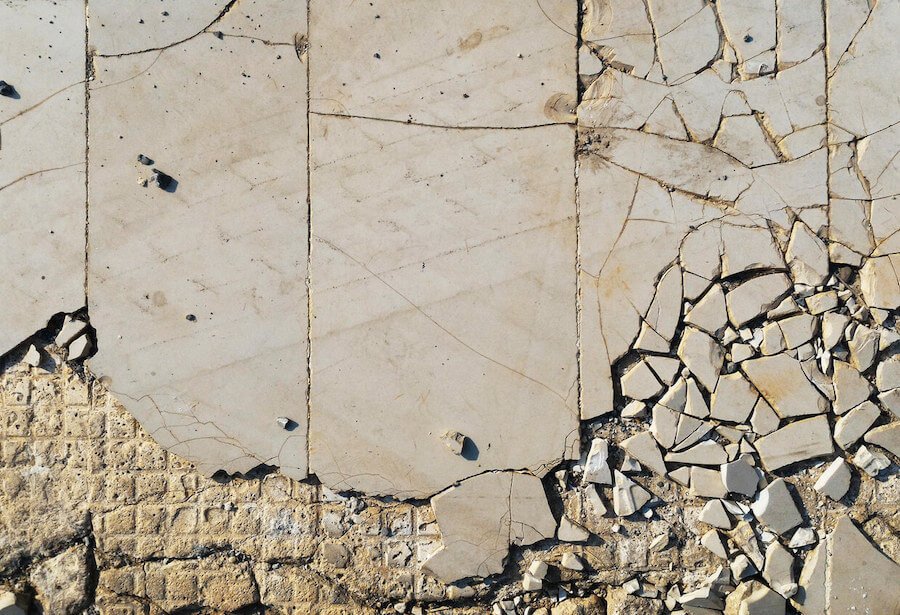
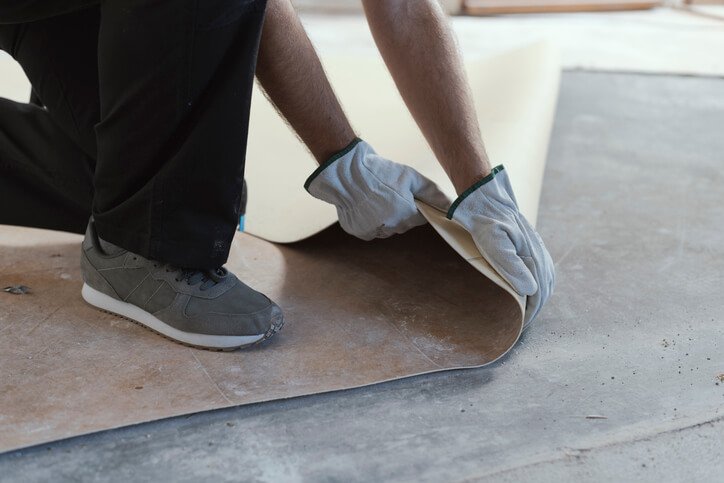
Asbestos Linoleum Removal
You can also find asbestos in the paper backing on rolled linoleum. The treatment of asbestos in linoleum is very similar to floor tiles. In some cases, you may have to remove the entire sub-floor because the paper backing will not release from the wood.
Friable vs. Non-Friable Asbestos
There are two classifications of asbestos — friable and non-friable. Floor tiles and linoleum are typically considered non-friable, but it’s important to know the difference:
- Friable material is a lose matrix that allows dust and particles to be easily released into the air with simple hand pressure. Special care should be taken when dealing with friable material.
- Non-friable materials cannot become friable unless they are damaged, sanded, cut, pulverized, or abraded in any manner. Non-friable material, when undisturbed, does not pose a health risk as long as it remains in its current state.
The general rule of thumb for friable material is to leave it alone, but if you must repair or remove it, it’s best to give us a call.
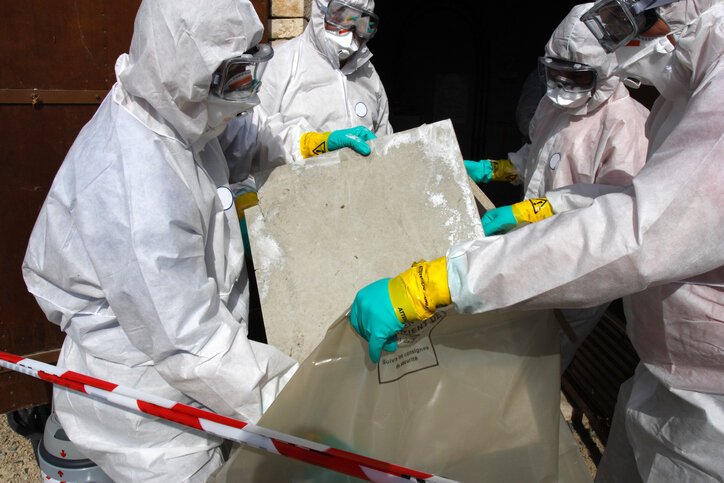
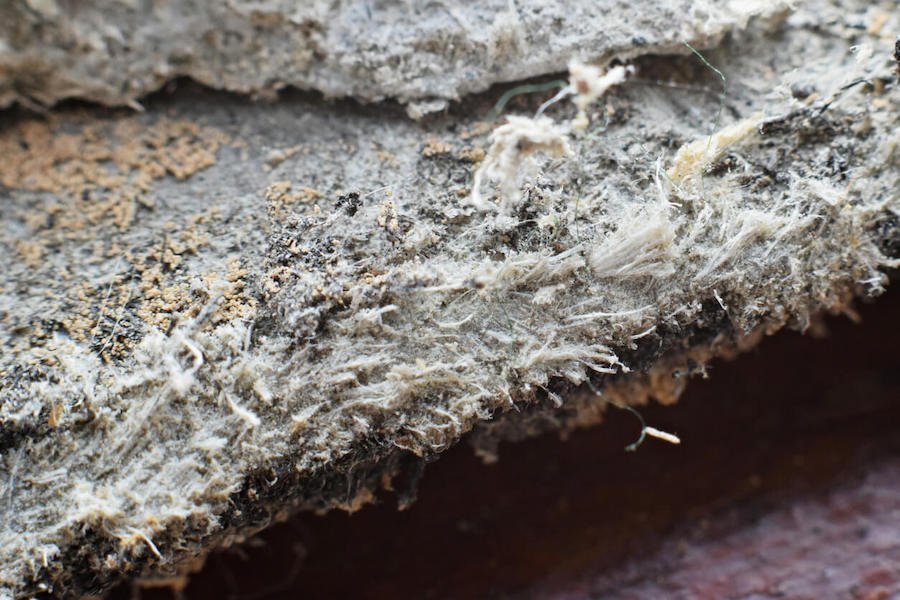
What Makes Asbestos Flooring Dangerous?
It’s important to reiterate that not all asbestos needs to be removed, especially if it’s considered non-friable and in good condition. If you are walking on floor tiles that contain asbestos, but the tiles aren’t damaged in any way, you don’t have to remove the flooring.
In some cases, you can put down a new floor over the asbestos tiles, as long as that process does not impact or damage the tiles.
If the tiles are damaged and you think they contain asbestos — or if you’re considering a home renovation — we first recommend testing the tiles and mastic to determine whether you’re actually dealing with asbestos. If the tiles are positive and damaged, we recommend removing them immediately. Here’s why:
Asbestos is considered harmful when the fibers are released into the air and break down into particles that can be easily inhaled, according to Cleveland Clinic. These particles can cause scarring and inflammation in the lungs, and it’s well-documented by the Environmental Protection Agency (EPA) that asbestos can cause such serious health problems such as lung cancer, mesothelioma, and asbestosis.
Can You Remove Asbestos Flooring Yourself?
Before attempting asbestos removal, you must understand your state regulations. If you’re uncertain about whether you have the right equipment or can safely remove the material, contact us. The last thing you want to do is to improperly remove the material, which could expose you and your family to hazardous health conditions. Plus, it’s easy to spread asbestos without realizing it.
Asbestos Removal Services Offered
We offer a variety of asbestos removal services, including:
- Asbestos abatement
- Asbestos insulation removal
- Asbestos roofing removal
- Asbestos pipe wrap removal
- Asbestos floor tile removal
- Asbestos popcorn ceiling removal
- Asbestos cement sheet removal
- Vermiculite insulation removal
- Asbestos boiler insulation and component removal
Asbestos Removal Certifications and Training
All of our asbestos workers undergo intensive training and must pass exams and continuing education courses. Our certifications include:
- CT Asbestos Contractor
- MA Asbestos Contractor
- MA Home Improvement Contractor
- MD Asbestos Contractor
- ME Asbestos Abatement Contractor
- NH Asbestos Abatement Entity
- NH Asbestos Disp. Site Contractor
- NY Asbestos Handling License
- PA Asbestos Contractor
- RI Contractor Registration
- RI Asbestos Abatement Contractor
- VT Asbestos Abatement Entity
We’re also associated with the following organizations:
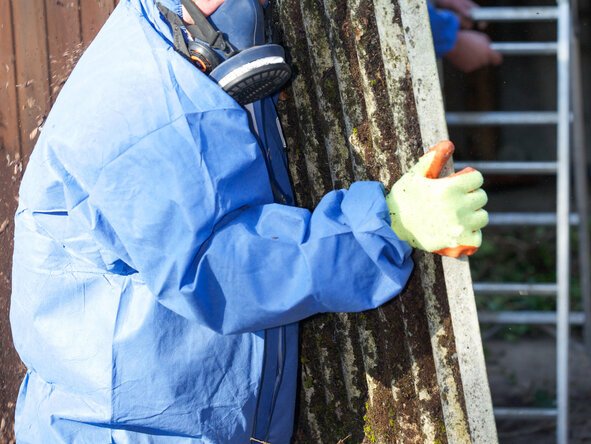
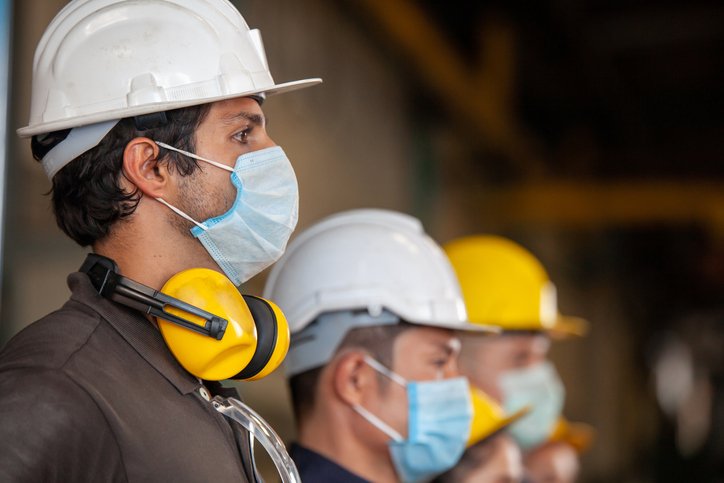
Our Process for Removing Asbestos Floor Tiles
1. We will prepare an effective removal plan to best fit your project.
2. Our office staff will prepare and submit all state notification paperwork, as required by law.
3. Our field staff will go above and beyond to respect your home during the removal process.
4. We will ensure proper disposal of all asbestos material.
5. We will arrange for an independent inspection, as required by law. This process involves a visual inspection and air samples as required to re-occupy the space following the removal of asbestos.
6. Finally, we will create a final report detailing abatement activities and compiling the appropriate documentation.
Here’s an overview of how we handle a full containment, should you need one:
- We will build a containment area around the asbestos by hanging two sheets of poly and two sheets of regular poly. We will also cover critical barriers, such as windows, doors, and HVAC openings that are not being used.
- EnviroVantage will construct a decontamination unit that includes three chambers: a clean room, a shower, and a dirty room.
- We wet the asbestos using a mixture of water and surfactant with hoses and pump sprays since there can be no dust in the work area. The asbestos is removed and put into two layers of pre-labeled bags that are then sealed. We properly dispose of the asbestos in an enclosed lined dumpster that has been brought to the area.
- After the asbestos is removed, an independent third-party subcontractor will conduct a visual inspection and take air samples. We will also take the material to a facility that is permitted to accept asbestos waste.
How Much Does It Cost to Remove Asbestos Floor Tiles?
You will first need to sample the tile or linoleum to ensure asbestos is present. Homeowners can conduct their own asbestos sampling in some states, and we can walk you through the process. The cost of a sample can range from $25 to $75, depending on the number of samples.
We recommend sampling the material first because we don’t want to see you spend thousands of dollars on removing materials in your home if it’s unnecessary.
Asbestos tile and mastic removal in a residential home will generally range from $800 to $8,000, but the price will depend on a number of factors, including how much asbestos is present, where the asbestos is located, and where your home is located geographically. EnviroVantage will provide a free estimate to help you understand the potential costs.


Why EnviroVantage?
We are an established, highly trusted demolition, environmental, and indoor air quality contractor with over 35 years of experience. Our trained, expert technicians leverage leading-edge equipment and technology while adhering to industry best practices to deliver safe, high-quality services to our clients on job sites every day.
Our team is also cross-trained, which means every member has experience in asbestos removal, mold remediation, air duct cleaning, and sensitive homeowner specialty cleaning. This means if we find mold while removing asbestos, we can handle it. We’re a one-stop shop so you don’t have to make appointments with multiple contractors.
If you have any questions about asbestos in your popcorn ceiling or would like more information, contact us and we’ll get back to you shortly.